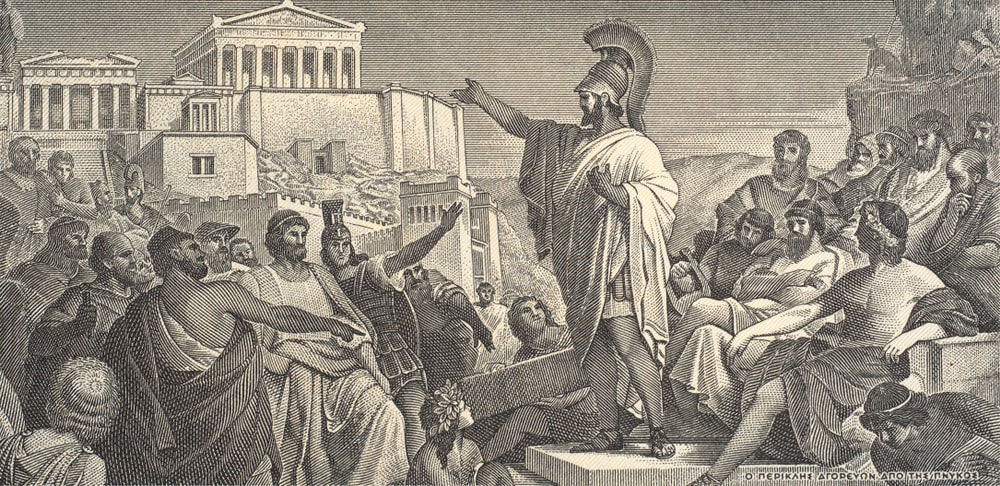How much do you THINK you know about the Industrial Revolution?
The Industrial Revolution was when enormous changes in technology, farming, manufacturing, mining, and transportation took place from the middle of the 18th century to the middle of the 19th century.
Unfortunately, this era of unprecedented labor and economic growth came with a considerable price tag. Even though some people flourished under the hard, long, machine-driven working hours, most were simply exploited and abused.
But given all this, it can’t be denied that the Industrial Revolution’s technological advances changed the world we live in. These changes had a broad impact, not just affecting people’s economic and working conditions but also their social and cultural lives.
The process affected almost every part of everyday life. Here are 5 hard facts school didn’t teach you about the Industrial Revolution.

The Cotton Trade Was A MAJOR Financer Of The Industrial Revolution
This first one is going to be a tough pill to swallow. India started cultivating cotton by 2500 BCE and remained the hub of cotton textiles for thousands of years.
With the East India Company being formed in 1600, cotton started gaining popularity in Britain, and by 1664, the Company was importing a quarter of a million pieces each year. The demand for cotton kept rising well into the 18th century.
It was more affordable, stronger, and much more easily colored and washed than wool or linen would be. Nevertheless, there were two main challenges: Britain didn’t grow cotton because of its cold climate and didn’t have enough human resources to meet demands.
Trade with cotton producers from the Southern part of the US supplied the raw material. Innovations in spinning technology like the spinning jenny, water frame, and steam engine solved the labor issues, and thus Britain became the textile producer of the world.
Raw cotton production became very profitable in America in the 19th century, and by the early 1830s, the US produced most of the world’s cotton.
The cultivation of cotton using enslaved black people brought considerable profits to the owners of large plantations, making them some of the wealthiest men in the country before the Civil War.
Cotton’s importance for the world economy can be gauged by South Carolina’s Senator James Henry Hammond when he declared in 1858:
“Without firing a gun, without drawing a sword, should they make war on us, we could bring the whole world to our feet. What would happen if no cotton was furnished for three years? England would topple headlong and carry the entire civilized world with her save the South. No, you dare not to make war on cotton. No power on the earth dares to make war upon it. Cotton is king.
…We’re pretty sure Senator Hammond DIDN’T survive the Civil War!
How Did The Industrial Revolution Impact Children?
You probably saw this one coming! Minors played an essential role in the labor force of the Industrial Revolution. They frequently worked long hours and were used for highly hazardous tasks like cleaning the machinery.
In the early 1860s, an estimated one-fifth of the workers in Britain’s textile industry were younger than 15 years old. The British government moved slowly with reforms giving them some relief with the Factory Act of 1833.
The conditions of the act were:
- Children eight and younger could not work in factories.
- Children between 9 and 13 years old couldn’t work more than 9 hours daily.
- Children between 13 and 18 years old couldn’t work more than 12 hours daily.
- Children could not work at night.
Four factory inspectors were assigned to investigate thousands of factories throughout England and enforce this new law. The factory acts would gradually improve over the next 70 years giving minor reliefs.
…Can you imagine being forced to work at such a young age?

The Industrial Revolution Began With The British But Spread Globally
There are many reasons why the Industrial Revolution started in Britain, like out of necessity, the colonial influence, scientific disposition, and so on. And by the mid-18th century, numerous British inventors were working on making cotton using the spinning machine.
In fact, even Queen Victoria’s husband, Albert, Prince Consort, was a massive supporter of this “new age.” In 1864, with the invention of the Spinning Jenny, the Industrial Revolution began to gather even more steam.
Many innovations would follow and be regarded as trade secrets by the British Government. Samuel Slater took British designs to “The New World” in 1789 and set up factories in America. He would later be known as the “Father of the American Industrial Revolution.”
Belgium would finally industrialize in the 1820s with John Cockereil’s factories in Seraing. And Germany, France, Sweden, and Japan would be among the first to follow.
The Industrial Revolution Led To A Rise In Air Pollution And Severe Damage To Our Environment
Air pollution was an obvious consequence of the industrialized world and the consumerism that soon followed.
The development of the machines required massive amounts of energy to fuel them, and fossil fuels like coal and petroleum were burned to energize this ambition resulting in dense smog and air pollution.
Many chemicals were required for varied functions leading to a fast rise in industrial parks for manufacturing items like dyes, plastics, and pharmaceuticals.
Cities began to be densely populated, and forests and farmlands were cut to make room for railroads and other infrastructures. Waste was being dumped into the rivers, and cities became highly polluted.
The Great Stink of London in August 1858 is a highly-remembered event during which the hot weather worsened the smell of untreated human waste and industrial effluent on the banks of the Thames River.
This continued advancement of technology allowed large corporations to dictate the industrial landscape, thus resulting in a far-reaching negative effect on the environment.
…So it can TECHNICALLY be said that THIS is the period where global warming truly began, right?
The industrial Revolution Technically Gave Birth To Socialism And Marxism
The government favored the wealthy in the earlier part of the Industrial Revolution. Social tensions gradually increased with a large population that felt manipulated by a few wealthy capitalists.
The situation of the working class became such a cause of concern that it led to the rise of socialism. Socialism is a theory that all people are equal and should have shared ownership of their country’s wealth.
The most influential socialist thinker was definitely the economist and philosopher Karl Marx. Even though he was of German descent, Marx spent most of his time living in England, learning and critiquing the conventional capitalist system of those times.
His beliefs questioned the very foundations of the capitalist world, encouraging many uprisings against this way of living.
Regardless, we now know that marxism and communism as economic models are widely rejected nowadays due to their lack of success, no matter where they are enforced.

Final Thoughts: How Has The Industrial Revolution Benefited Our Lives?
Although there was a dark side to the Industrial Revolution, the way it has shaped our world into what we know it as today is significant.
Essential goods like food and clothing are typically much more plentiful and affordable these days, thanks to manufacturing and farming automation. There’s also a much wider choice of products available to us.
Travel has become much faster, more convenient, and more comfortable, enabling us to go long distances in short periods. The transport of large amounts of goods has become much more efficient as well.
Jobs are commonly much better paid and less physically demanding than in pre-industrial times, which contributes to people living longer lives. Medical treatments have thrived with the invention of scanners, X-ray machines, and incubators.
Due to the mass production of books, telephones, televisions, and computers, communicating with one another has become routine. Labor-saving devices like washing machines, vacuum cleaners, and driers have removed much of our struggle with housework.
Our cities are lit and powered by electricity.
And last but not least, the industrial revolution has contributed to creating a modern society of educated children, a larger middle class, less poverty, and an equal role for women in society, as jobs become less physical and increased production leads to greater prosperity and more reasonable leisure time.
We hope our article gave you a more in-depth look into the Industrial Revolution.
And if you’re interested in reading about some more unique historical facts, we’ve got just the thing. Check out: Mary Tudor: 6 Shocking Things You Don’t Know About the FIRST Queen of England





